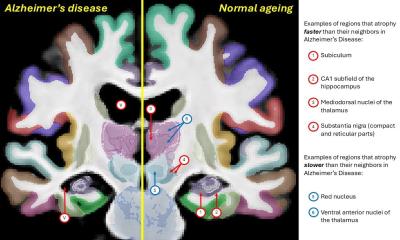News • Let's talk about feelings
How emotions influence our internal clock
Just how it works is not known - but human beings have an internal clock which enables us to perceive and estimate periods of time subconsciously.
A research team under Dr. Roland Thomaschke of the University of Freiburg’s Department of Psychology showed in experiments that this mental time-processing system is able to adapt quickly and flexibly to predictive time patterns. The study has been published in the specialist journal “Emotion.” The psychologists examined time periods between one and three seconds. Their test subjects were given the task of sorting nouns - which appeared one after another on a computer screen - according to gender (German nouns are grammatically masculine, feminine, or neuter). During the transition to the next word, a small cross was shown.
The pattern influenced the test subjects although they were not aware of it
Roland Thomaschke
What the test subjects did not know - they were looking at concepts which are seen as positive or negative, such as love and friendship on the one hand, torture and death on the other. With most of the “positive” nouns, the cross appeared before them for half a second; with most of the negative nouns it was for two seconds. “The pattern influenced the test subjects although they were not aware of it,” says Thomaschke. “If the combination was unusual, like a long interval before a positive concept, they had considerable difficulty sorting according to gender.” But this irritation was not manifested when no emotions were involved. With other test subjects, the psychologists used concrete and abstract concepts instead of positive and negative ones - and the effect was not observed in this case.
This result helps to better understand human perception. In conversation, for instance, it can be observed that positive, agreeing answers are given faster than negative, rejecting ones. This experience leads to participants in online conferences - in which spoken contributions are preceded by a time delay due to the technology used - being regarded by the other participants as being negative; the experience of everyday conversation is subconsciously carried over into the conference situation. The results also suggest how it may be possible to get people’s attention. For example, if a website always shows advertising after the same period of time, users will be able to predict and better ignore it subconsciously. For advertisers it would therefore make sense to fade in advertising at irregular intervals - and to get attention by creating that irritation.
Source: Albert-Ludwigs-Universität Freiburg im Breisgau
15.11.2017











